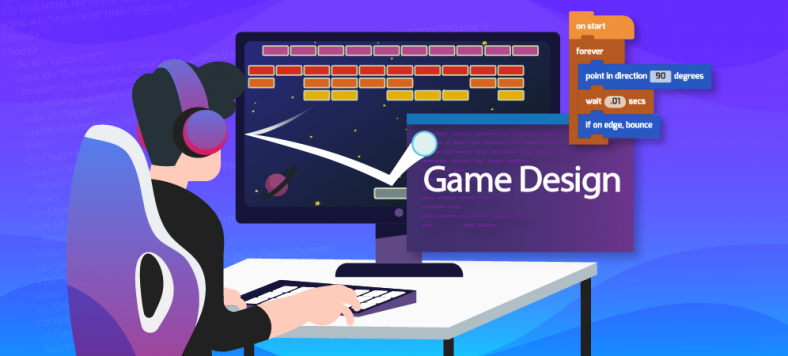Your basket is currently empty!

How Kids Learn to Code while Building Games
Building a game is an involved process, touching on a variety of left brain (logic) and right brain (creativity) functions while designing and programming scenes. All the planning that goes into game making increases kids’ ability to focus on tasks for long periods of time and see projects through to completion while developing their critical thinking and problem-solving skills.
- Interactive Scenes – place characters, make animations, and add effects. Kids can even draw their own characters and animate them with multiple frames.
- Sound – set the mood for any kind of scenario with music. Whether they want a dramatic intro sequence or an exciting duel, kids can choose from a variety of music clips and sound effects from our library. They can even compose their own music using our built-in MIDI interface and Tynker’s Synth Blocks.
- Character Motion – use loops to program the motion of characters and coordinate geometry to move sprites across the screen. For example, when programming a Pong or Brick Breaker game, kids have to use angles and speed to move the paddle and the ball.
- Game Play – program whether to detect user input from a mouse or the arrow keys and write code to handle these events. For example, press the spacebar to jump or click and the mouse to pop a balloon.
- Keeping Score – use variables and counters to keep track of the score, health, and number of lives, increasing and decreasing them based on key events during gameplay. Advanced users can even build leaderboards to rank players in the community.
- Detecting Win/Loss Conditions – use conditional logic to determine if a player won or lost a game.